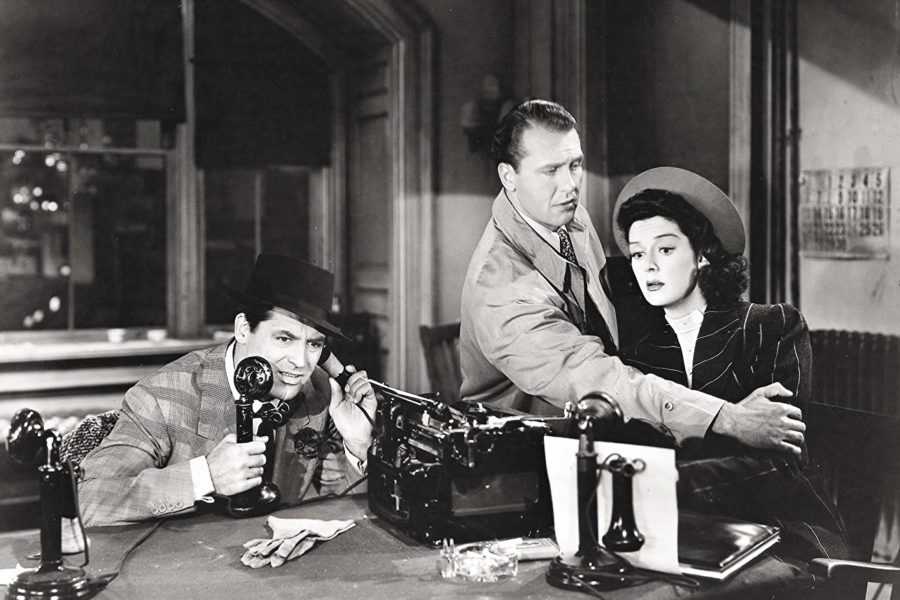My friends at The American Spectator and I have agreed that my analysis of the George Floyd case would benefit from a bit of editing. Just so you know, the thrust of my article is that the toxicological screen of Floyd’s blood demonstrated that he had ingested over three times the potentially lethal limit of fentanyl which was mixed with healthy doses of methamphetamine and marijuana. The fentanyl, a synthetic pain killer which is 80 to 200 times as powerful as morphine and is known to shut down respiration, induce coma and cause death, was by itself enough to kill him several times over. As I say in the article, when the police first encountered Floyd, he was a dead man walking and repeatedly complained that he couldn’t breathe while he was still upright and mobile. It was the massive, self-administered overdose of fentanyl that caused Floyd to stop breathing, not the actions of the police.
When I wrote the piece, I patterned it after the many jury arguments that I made as a prosecutor and civil and criminal lawyer over the last fifty years. In approximately 3,000 words, I marshaled the mountain of evidence which the media – left, right and center – have missed that explains and amply justifies the efforts of those police officers to subdue Floyd even as they called for an ambulance to render medical care to him.
The video of Officer Chauvin kneeling on Floyd’s neck is awful to watch. Of course it’s a terrible sight, because it shows in real time a man gasping his last and calling for his mother as he expires from a drug overdose. For those of us who have had to deal with the human wreckage and suffering caused by such overdoses, the manner of Floyd’s death is all too familiar. It’s just plain ugly, nasty business, but the kind of stuff that we call on police to deal with every day.
But, despite appearances, neither Chauvin nor any of the other accused police officers either killed Floyd or caused him serious bodily injury. They were, in fact, quite considerate of him and concerned for his welfare even as he resisted them and deteriorated before their eyes as the fentanyl took effect. The article seeks to explain in detail how the autopsy and toxicological findings as well as the evidence recorded by the defendant officers’ body worn cameras prove those points conclusively.
So there it is. I’ve given away the surprise ending. I will be on the road until next week when I will return and try to whip the article into shape.
If this was one of those 1930s movies about newspaper reporters working against deadline, I would be barking into the phone, “Hey, sweetheart, get me re-write!” But there’s no need to do a rush job. This story isn’t going away. And besides, I am “re-write”.
Stay tuned.




Leave a Reply
Leave a reply.